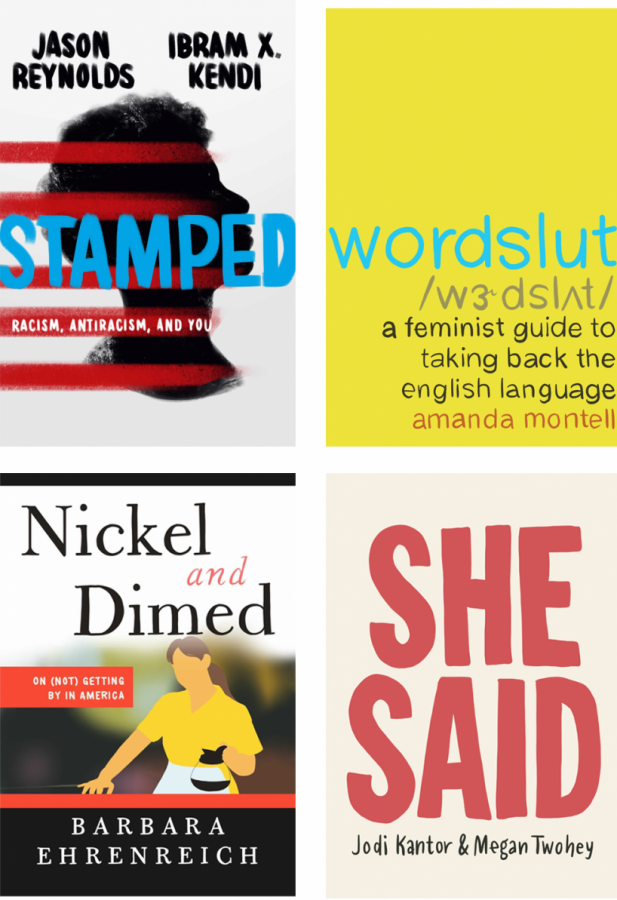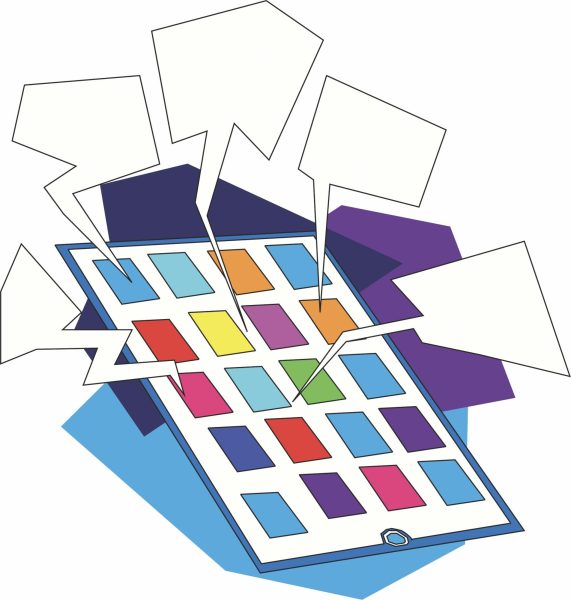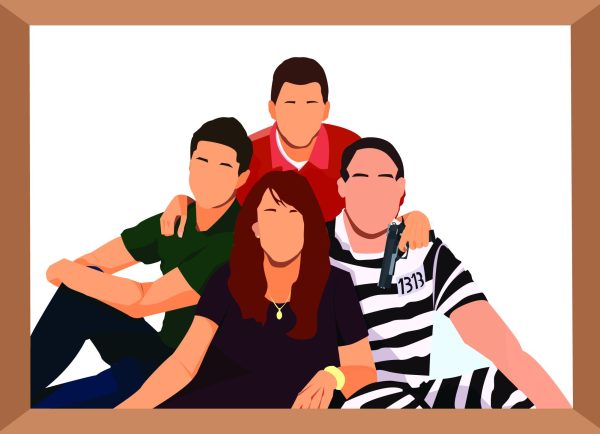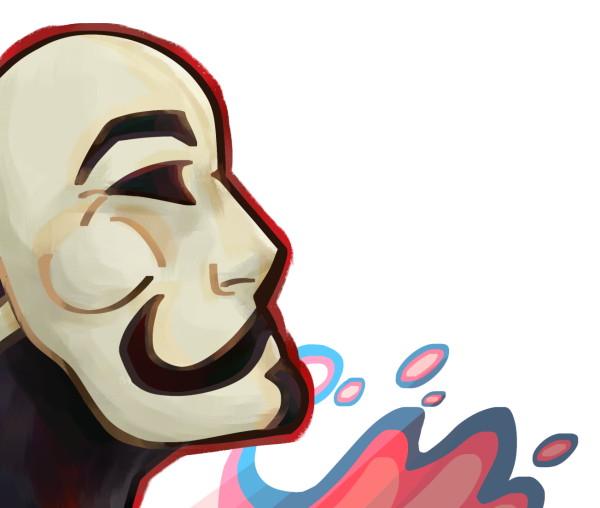Bettering the world through books
Four activist books that will open your eyes to injustices
From top to bottom, left to right: Stamped by Jason Reynolds, Wordslut by Amanda Montell, Nickel and Dimed by Barbara Ehrenreich, and She Said by Jodi Kantor and Megan Twohey. Redraws by Arati Periyannan.
“She Said” by Jodi Kantor and Megan Twohey
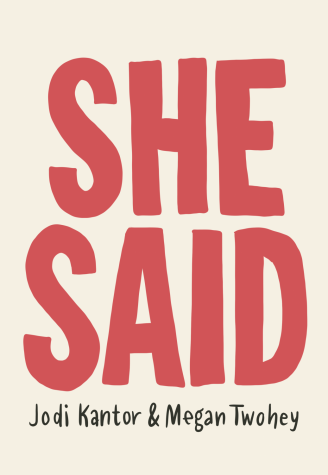
Angelina Jolie and Gwyneth Paltrow are among the laundry list of women in Hollywood who accused movie producer Harvey Weinstein of sexual misconduct. But how did the world find out about their experiences? “She Said” attempts to explain.
Written by the two New York Times reporters who broke the story on Weinstein’s sexual misconduct, “She Said” is about the process of uncovering this major sexual assault case.
Kantor and Twoher’s story revealed that Weinstein had a long history of using his status to sexually harass or coerce women. This story is often credited with sparking the “#MeToo” movement, in which thousands of women posted their experiences of sexual assault on social media.
The reporters detail the whole process of breaking the story, from their first inklings that Weinstein was suspect, to urging their sources to come forward with their stories while still trying to protect the victims, to dealing with Weinstein’s company trying to block the story, to the eventual publishing.
This book not only addresses the alarming frequency of sexual assault, but discusses the sometimes delicate line between investigative journalism and privacy. The reporters wanted to protect and support their sources, but also believed that publishing the story would help more women than it would hurt.
For anyone interested in the intersection of journalism and activism, this book is a window into the world of investigative journalism and how professional journalists cover complex issues.
This isn’t just an issue we see on the news — it’s something we see affecting members of the Palo Alto High School community. This topic is no less relevant now than when it was published.
“Nickel and Dimed” by Barbara Ehrenreich
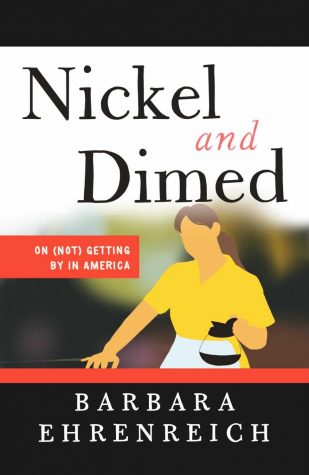 Is living on minimum wage possible? Author Barbara Ehrenreich decided to leave her comfortable life behind and go “undercover” into several minimum wage jobs to see what it was like. Working as a waitress, in a cleaning service, and a salesperson at Walmart, she quickly realized living on minimum wage would be harder than anticipated.
Is living on minimum wage possible? Author Barbara Ehrenreich decided to leave her comfortable life behind and go “undercover” into several minimum wage jobs to see what it was like. Working as a waitress, in a cleaning service, and a salesperson at Walmart, she quickly realized living on minimum wage would be harder than anticipated.
The most interesting part, though, were the people she met along the way. Ehrenreich wasn’t quite where her compatriots were: She could return to her stable, well-paid job at any time. The people she met at her jobs did not have that safety net, yet they were willing to open up to her with their personal stories.
Most people cannot get by on just one minimum wage job, she found. Even when working full-time, she struggled to pay rent, buy food, and foot the many unexpected bills. It seems that “minimum wage” should be an amount that people can live on — that’s what the name implies, after all. Since the COVID-19 pandemic, this has only been worsened, making this book even more of the time.
Pick up this book to learn about income inequality in America from the inside — and since it’s written like a novel, it’s easy to keep reading. (In fact, it’s hard to disengage.)
As someone who has lived in a privileged place my whole life, it’s easy to forget just how different everyone’s lives are. “Nickel and Dimed” let me confront the many forms that privilege takes and the things that I (and you, probably) take for granted. After reading this book, I was filled with the urge to do something.
(The urge to do something may be a common side effect of reading this book. If symptoms occur, check out some Bay Area organizations targeting homelessness and poverty. LifeMoves and the Ecumenical Hunger Program are both great places to start.)
“Wordslut: A Feminist Guide to Taking Back the English Language” by Amanda Montrell
 You know that feeling when you really want to roast your best friend, but you also don’t want to buy into the patriarchy? Me too. It’s a real struggle, but luckily, “Wordslut” is here to save the day.
You know that feeling when you really want to roast your best friend, but you also don’t want to buy into the patriarchy? Me too. It’s a real struggle, but luckily, “Wordslut” is here to save the day.
“Wordslut” by Amanda Montell takes a sociolinguist’s perspective on the way misogyny is built into the English language. She talks about how being feminine is seen as an insult and the way certain words (“hysteric,” “shrill”) are often used to dismiss women.
In addition, she addresses something that I’ve thought about a lot but never heard discussed. Women tend to use “hedges,” or filler words such as “like” and “you know,” more often than men. It’s often described as a negative thing. However, Montell argues that women use these hedges to invite into the conversation, as opposed to expressing uncertainty (why is uncertainty considered negative, anyway?). The idea that ‘just because the way women speak is different doesn’t mean that it’s worse’ is something that came up repeatedly, and something that needs to be discussed more.
“Wordslut” manages to be both educational and entertaining. The topic can sound random and insignificant at first, but as the author discusses how the usage of language affects cultural dynamics and specifically the relationship between English and feminism, the importance of understanding language becomes clear. Since “Wordslut” was published, nothing has changed. Women still find themselves in similar situations every single day. Once you’re aware, misogyny’s foothold in our language is obvious.
A word of warning, though: This book is explicit. I don’t think I’ve ever seen so many curse words on one page. But with a whole chapter dedicated to cussing free of misogyny, what else would you expect?
“Stamped: Racism, Antiracism, and You” by Jason Reynolds and Ibrahim X. Kendi
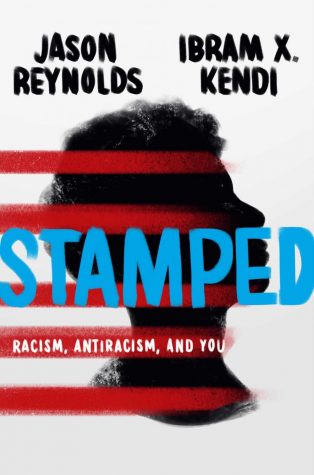
Anti-racist, assimilationist, and segregationist. You likely know at least one, but what do the rest mean? And most importantly, how can you become one of them? (Read the book to find out, if it isn’t already clear.)
“Stamped” by Jason Reynolds is a “remix” of the book “Stamped from the Beginning” by Ibram X. Kendi. It’s shorter and written in a modern, easy-to-read way, but covers the same ideas.
“Stamped” covers the history of racist ideas, from the ‘very first racist’ to now. It draws distinctions between three main categories: segregationists, assimilationists, and anti-racists.
The authors are blunt and don’t mind offending any delicate sensibilities. This straight-to-the-point style avoids any ambiguities and hopefully leads their readers to stop and consider their own views.
If you’re looking to better yourself, this book is for you. The recent prominence of the Black Lives Matter movement has inspired many to work on becoming full-fledged anti-racists and challenging unconscious biases. This book is a great way to start — although that journey is never truly over. It takes more than a book to become part of the force attempting to dismantle systemic racism in America, but educating yourself is the first step.
It also takes more than a few books, but if you are looking to read more on anti-racism, try “Caste” by Isabel Wilkerson and “So You Want to Talk About Race” by Ijeoma Oluo.
